Essential Tips for Maintaining Your Water Heater in Top Condition
To keep your water heater in good condition and ensure it operates efficiently, there are several basic maintenance tasks you should perform regularly. These tasks can extend the lifespan of your water heater, improve its efficiency, and prevent potential issues. Here’s what you need to do:
1. Check the Temperature Setting
Set the Thermostat: Ensure the thermostat is set to an optimal temperature, usually around 120°F (49°C). This temperature is hot enough for most household needs but reduces the risk of scalding and saves energy.
2. Drain the Tank Regularly
Flush Out Sediment: Sediment and mineral buildup can accumulate at the bottom of the tank, reducing efficiency and potentially causing damage. To prevent this, drain a few gallons of water from the tank every 6 to 12 months. For a complete flush, turn off the power supply, attach a hose to the drain valve, and empty the tank completely.
3. Inspect the Anode Rod
Check for Corrosion: The anode rod is a crucial component that prevents the tank from rusting. Inspect the rod every 1-3 years and replace it if it’s heavily corroded. A worn-out anode rod can lead to rust and reduce the lifespan of your water heater.
4. Test the Pressure Relief Valve
Ensure Proper Functioning: The pressure relief valve is a safety feature that releases pressure if it gets too high. Lift the valve’s lever to let a little water out, then let it snap back. If water doesn’t flow or the valve leaks after the test, it may need replacement.
5. Check for Leaks
Inspect Connections and Tank: Regularly check around the base of the water heater, the connections, and the tank itself for any signs of leaks. Small leaks can lead to bigger problems if not addressed promptly.
6. Insulate the Tank and Pipes
Improve Efficiency: Insulating your water heater and the first few feet of hot and cold water pipes can reduce heat loss and improve efficiency. Use a water heater blanket for the tank and pipe insulation wraps for the pipes, but avoid covering the thermostat or pressure relief valve.
7. Inspect the Heating Elements (Electric Heaters)
Check for Wear: If you have an electric water heater, the heating elements may wear out over time. Inspect the elements for corrosion and replace them if necessary to maintain efficient heating.
8. Monitor the Pilot Light (Gas Heaters)
Ensure It’s Burning Blue: For gas water heaters, the pilot light should burn with a steady blue flame. If it’s yellow or flickering, this could indicate a problem with the burner, which may need cleaning or adjustment.
9. Schedule Professional Maintenance
Annual Checkup: It’s a good idea to have a professional inspect your water heater annually. They can perform more detailed maintenance tasks, such as checking the venting system (for gas heaters) and ensuring all components are in good working order.
10. Replace the Water Heater When Necessary
Know When It’s Time: Most water heaters last between 8 to 12 years. If your heater is near the end of its lifespan, or if it’s showing signs of failure (such as frequent leaks or inconsistent heating), it may be time to consider a replacement.
Conclusion
Regular maintenance is key to keeping your water heater in good condition. By following these basic steps, you can ensure your water heater runs efficiently, lasts longer, and provides reliable hot water for your home.

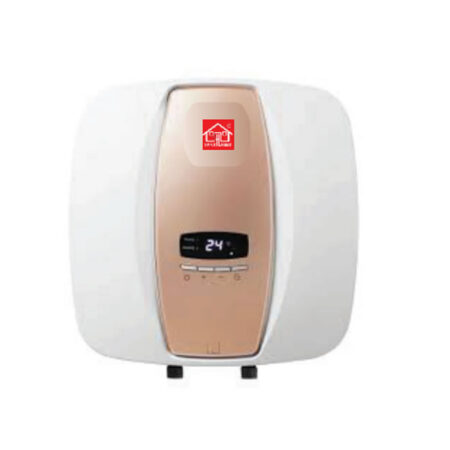
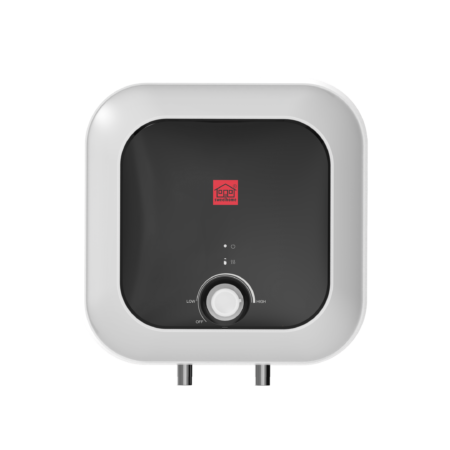
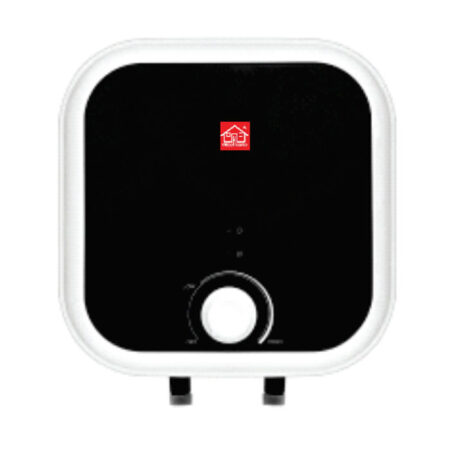
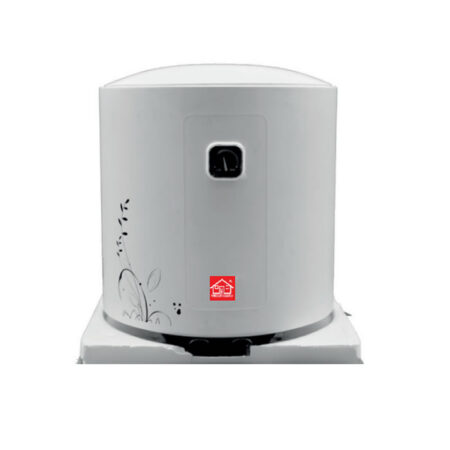
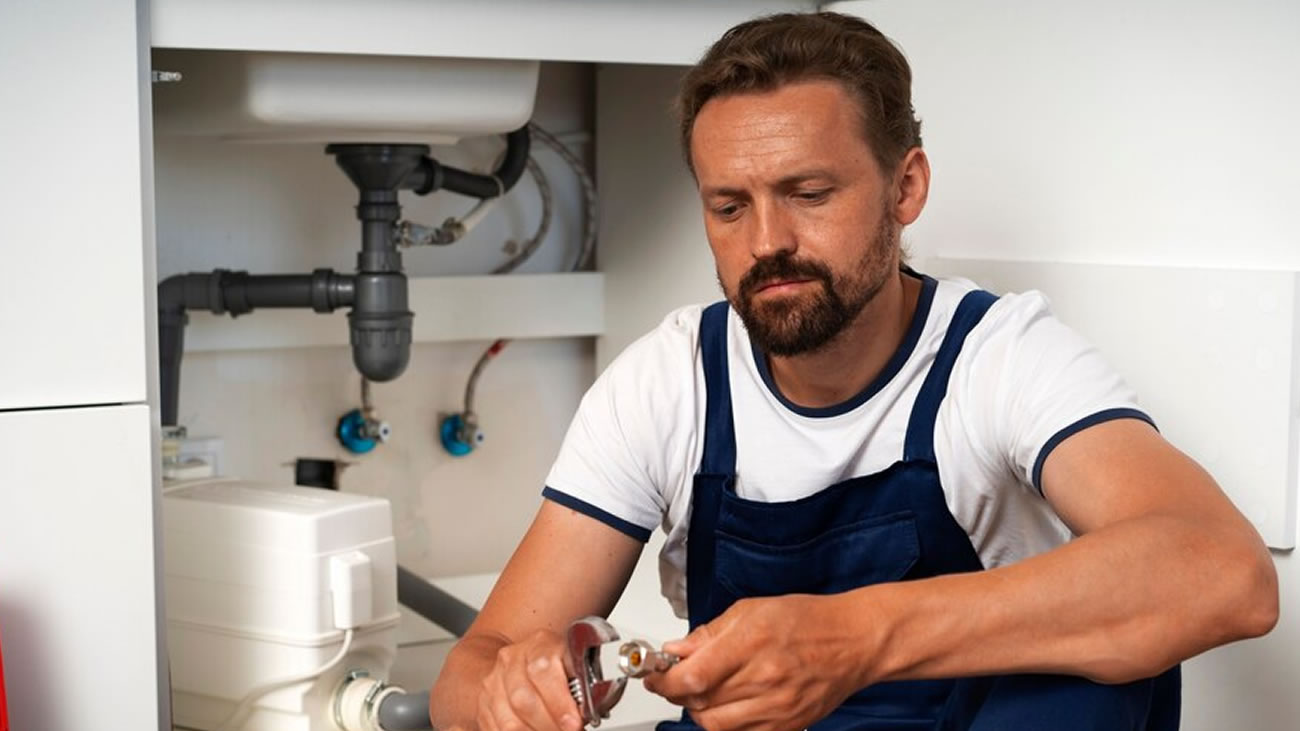
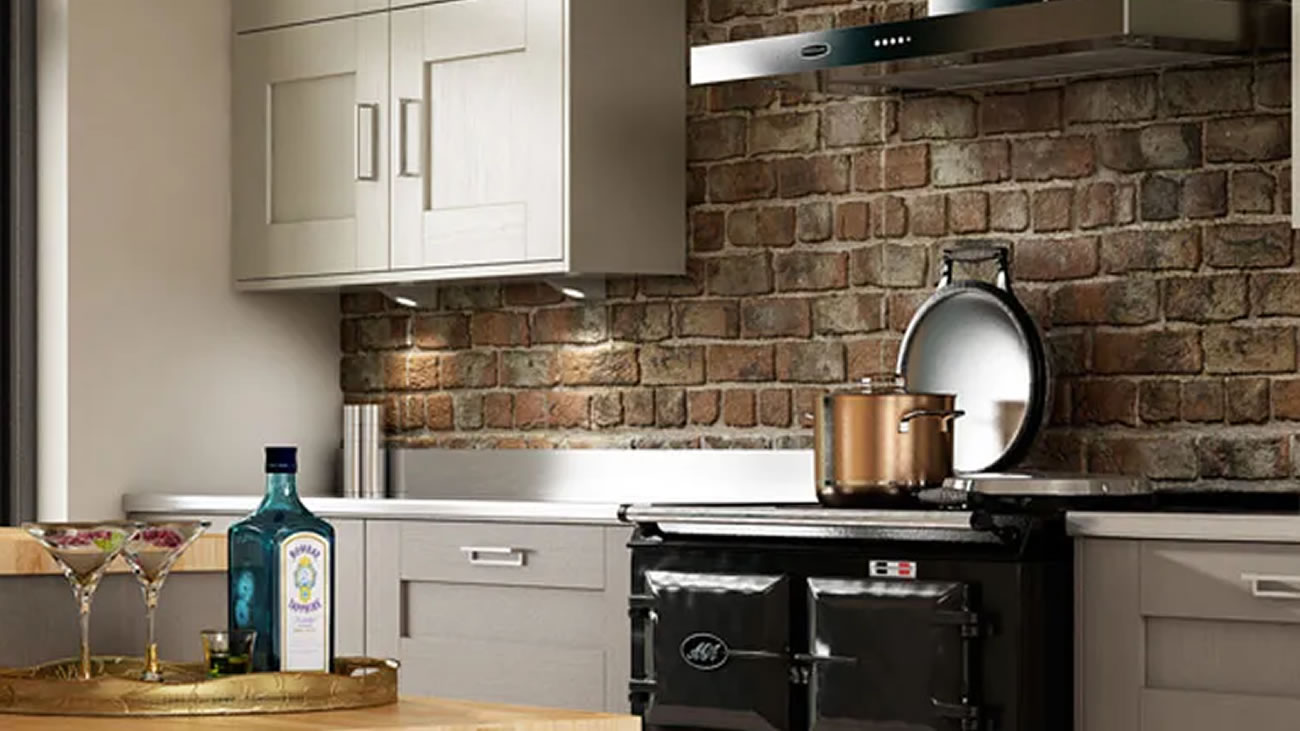

Hi, this is a comment.
To get started with moderating, editing, and deleting comments, please visit the Comments screen in the dashboard.
Commenter avatars come from Gravatar.